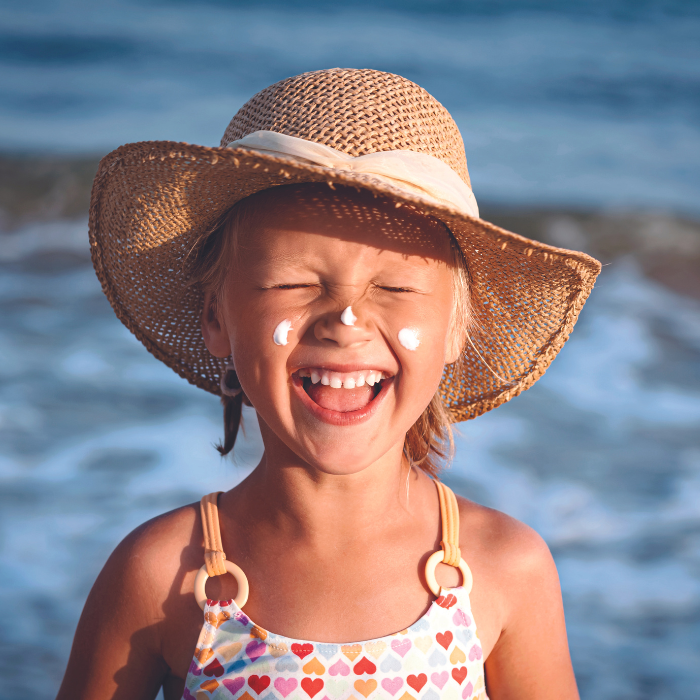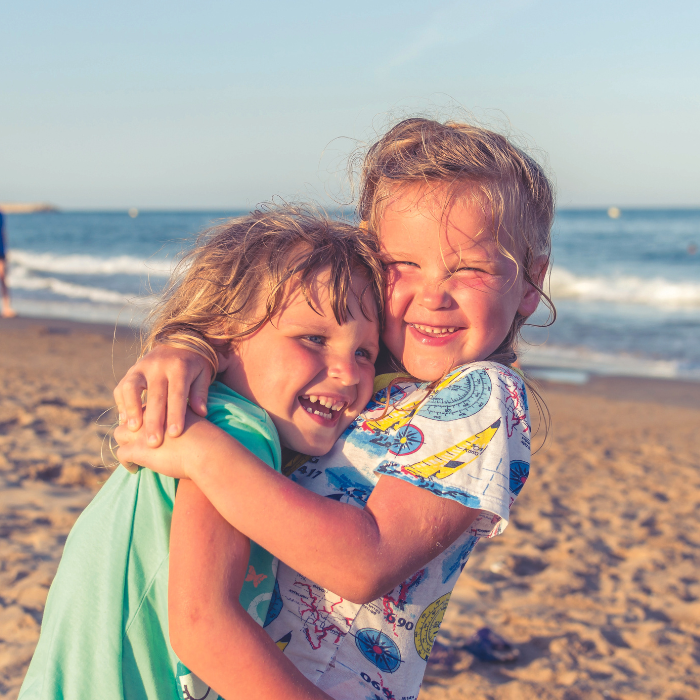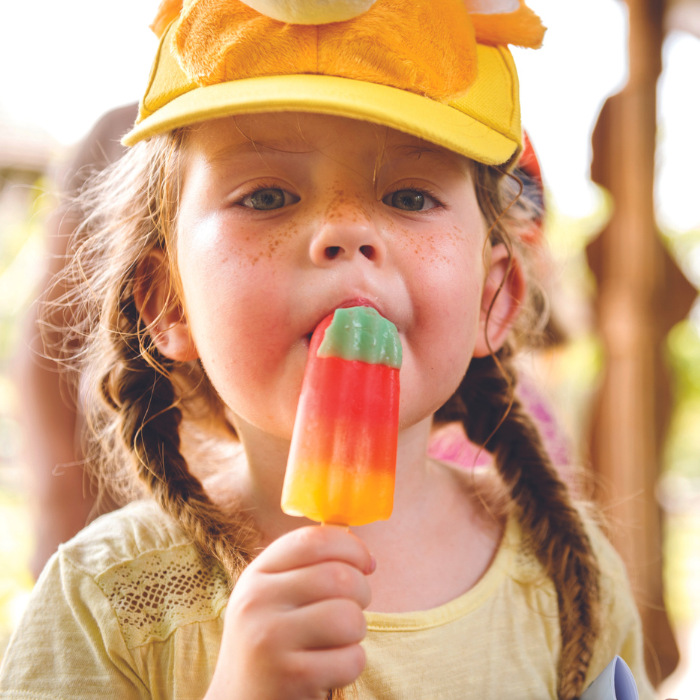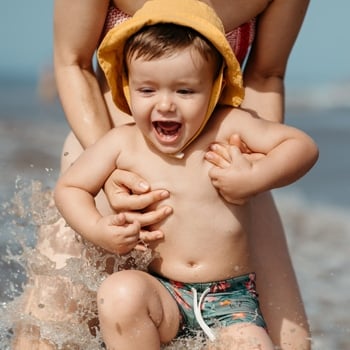
Most of us spend more time indoors during the winter. Fires are lit and heaters cranked up to keep everyone warm. A flickering flame or the glow from a heater can be fascinating to children, who are too young to understand how dangerous they can be.
Babies around 4-9 months are particularly active and can quickly cover more floor than you might expect. Keep a close eye on them as they may get themselves too close to the heater and be unable to get away again.
Below are some things you can do to help keep your family out of the danger-zone this winter:
Burns from fires and heaters
The NZ Fire Service has a very simple rule: “Keep a metre from the heater”. This means people and furniture should be at least one metre from a heater or fire to reduce the risk of being burned, catching their clothes on fire, or causing a fire.
Having a safety guard around all heaters and fires will help prevent children getting burned. Look for a guard that:
• can be securely attached to the wall
• has bars or mesh to stop children putting their arms or other objects through
• is high enough that a child can’t climb over the top
baby bedroom hazards
Keeping your house warm and dry is vital for a healthy home, but overheated rooms are not safe for babies, so it’s important to strike a balance.
• Babies usually need one more layer of clothing or bedding than adults. Natural fabrics that breathe, such as such as wool and cotton, are best.
• To check if your baby is too hot or cold, touch the back of their neck underneath their clothing. If that area feels warm, they are fine, even if their hands and feet are cold; if it feels cold, pop another layer on them.
• Gas heaters can give off dangerous fumes, and fan heaters can overheat the room. Using an electric heater (either convection or oil-filled) with a
thermostat is best.
• Keep your baby’s room well ventilated with doors open – especially if you are using a heater.
• Bassinets or cots should be kept away from windows, as this is the coldest part of the room.
inflamable nightwear
• Close fitting clothing reduces the risk of catching fire. Buy pyjamas that fit your child properly rather than buying a size that are too big and baggy.
• Check the label on nightwear for a “low fire danger” label. This means the design of the garment is close-fitting to reduce the risk of it catching fire. Note that it does not mean the fabric is fire proof – it can still burn if exposed to a heat source.
For more information, support or advice, PlunketLine (0800 933 922) is free and available 24/7.
unhealthy mould and damp
A warm, dry home is really important for your child’s health and safety. The World Health Organisation recommends aiming to keep the temperature within your house at least 18°C. Insulation is a proven way to achieve this. So too is double-glazing your windows. A heating system can only be fully effective when your house isn’t draughty and damp. As well as installing insulation, you can minimise additional draughts by using draught-proofing strips around windows and doors.
Damp and mould are a leading cause of respiratory illness and you should aim to have a mould-free house. Getting rid of mould as soon as you notice it, as well as airing your home on fine days, is vital. Dry your clothes outside and fix any leaky taps, guttering or wet areas around your home.








